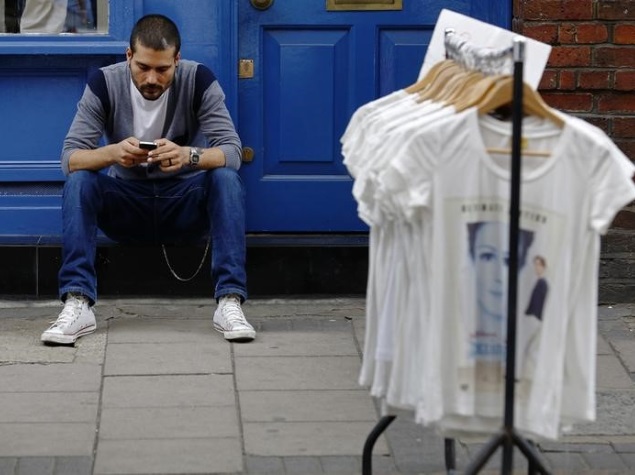- Home
- Telecom
- Telecom News
- Cellphone Data Could Help Infrastructure Planning in Developing World: Study
Cellphone Data Could Help Infrastructure Planning in Developing World: Study

Lack of quality demographic data is a major obstacle to infrastructure planning in the developing world.
In a recent study, researchers from the Santa Fe Institute in the US, the University of Manchester in the UK, and the Universite Cheikh Anta Diop in Senegal used anonymised cellphone data to assess the feasibility of various electrification options for rural communities in Senegal.
Over 70 percent of Senegal's rural population lacks access to electricity, and the difficulty of predicting their potential electricity consumption discourages costly infrastructure investments.
Nearly all Senegalese carry cellphones, however, and the country has become inundated with cell towers - many of them running on their own diesel generators.
As a first step towards predicting power needs, the researchers measured the cellphone activity at each tower, gaining unprecedented knowledge into where and when human activity takes place.
"This new, data-driven insight into the population dynamics allows us to predict local infrastructure needs with an accuracy that has never been possible before," said Markus Schlapfer, one of the study's co-authors and a postdoctoral fellow at the Santa Fe Institute.
The metric is of particular relevance for regions where census data is outdated or lacking, researchers said.
They used their predictions to inform different planning scenarios for electrification options such as new power lines or photovoltaics-based microgrids.
Get your daily dose of tech news, reviews, and insights, in under 80 characters on Gadgets 360 Turbo. Connect with fellow tech lovers on our Forum. Follow us on X, Facebook, WhatsApp, Threads and Google News for instant updates. Catch all the action on our YouTube channel.
Related Stories
- Samsung Galaxy Unpacked 2025
- ChatGPT
- Redmi Note 14 Pro+
- iPhone 16
- Apple Vision Pro
- Oneplus 12
- OnePlus Nord CE 3 Lite 5G
- iPhone 13
- Xiaomi 14 Pro
- Oppo Find N3
- Tecno Spark Go (2023)
- Realme V30
- Best Phones Under 25000
- Samsung Galaxy S24 Series
- Cryptocurrency
- iQoo 12
- Samsung Galaxy S24 Ultra
- Giottus
- Samsung Galaxy Z Flip 5
- Apple 'Scary Fast'
- Housefull 5
- GoPro Hero 12 Black Review
- Invincible Season 2
- JioGlass
- HD Ready TV
- Laptop Under 50000
- Smartwatch Under 10000
- Latest Mobile Phones
- Compare Phones
- Vivo Y500 Pro
- Realme GT 8 Pro Aston Martin F1 Limited Edition
- Huawei Mate 70 Air
- Moto G57
- Moto G57 Power
- Motorola Edge 70
- Moto G Play (2026)
- Moto G (2026)
- MacBook Pro 14-inch (M5, 2025)
- Asus Vivobook S16 (S3607QA)
- iQOO Pad 5e
- OPPO Pad 5
- Noise Diva 2
- Noise Halo 2
- Acerpure Nitro Z Series 100-inch QLED TV
- Samsung 43 Inch LED Ultra HD (4K) Smart TV (UA43UE81AFULXL)
- Asus ROG Ally
- Nintendo Switch Lite
- Haier 1.6 Ton 5 Star Inverter Split AC (HSU19G-MZAID5BN-INV)
- Haier 1.6 Ton 5 Star Inverter Split AC (HSU19G-MZAIM5BN-INV)

















